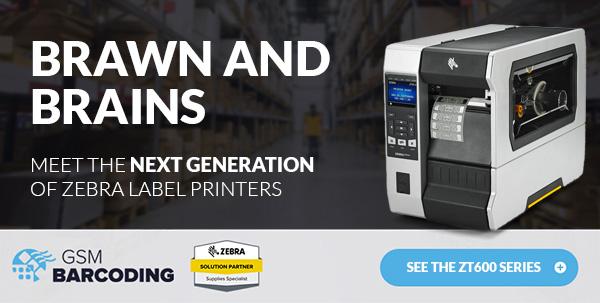The barcode has been around for many years now and it is near impossible to remember a time when a barcode wasn’t attached to every product in every store worldwide. Barcodes were invented in 1951 and they have now proliferated to the point where we don’t really notice them.
The barcode was introduced in a rudimentary form but only came into widespread use once all the big retailers got on board. As an American invention, they finally made their way to the UK in the late 1970’s.
But what did we do before the barcode came along, and would our world still be as we know it today if the barcode was never invented?

Before the Barcode
Before barcodes become a staple in business, the of running a business and warehouse was no easy feat. The only way to get an accurate inventory of stock on any shelves, in the warehouse and in the storage room was to do a manual count of every single item. This was not only time consuming and expensive but was generally based on estimation and was done infrequently.
Punch card technology was one way that many businesses managed their stock. This was developed in the late 19th century and was used by the customer to mark their selection of products. The cards would then be put in a reader at checkout. A sales tally would also be kept so they could refer to it at the re-ordering process. Where this process was not in use, it was a simple structure of labelled products with prices and manual input. Can you imagine this process in warehouses and larger scale businesses?
Fun Fact: The first product to ever be scanned by a barcode scanner was a packet of Wrigley’s Chewing Gum in 1974 in Ohio, USA
When Was the Barcode Invented?
The credit for the invention of the barcode goes to a graduate student at Drexel Institute in Philadelphia. Bernie Silver heard a conversation between one of the faculty and an executive of a food store chain, who was trying to convince the staff member for the school to develop a system to quickly and accurately gather product data at their checkout counter.
Bernie, after overhearing this conversation, went to one of his teachers, Norman Woodland, at the institute and repeated the issue. After being told the issue, it wouldn’t leave Woodland’s train of thought, and for the next 2 years, he decided to experiment with a variety of techniques for data collection until he found one that worked in 1951.
Finally, Woodland ‘invented’ the first ever barcode using Morse code.
Fun Fact: When the war broke out, Woodland joined the army and helped develop the first atomic bomb with the Manhattan Project.
Industries Without Barcodes
With several types of industries making use of barcoding systems, can you imagine what the world would be like if they didn’t exist today? Health care providers and hospital administrators would not be able to access data quickly, record data, enable mobile communication, gather specimen collection and access patient I.D. Doing all these processes manually could be the time difference between saving a life and not.
Warehouses and factories would still be working on a manual structure, which would most likely mean not meeting service demand and market compliance. Paper-based recording and manual processes simply can’t suffice for growth, turnover and demand. Supermarkets couldn’t operate as they do and may have struggled to grow to the size we see today; there would be no self-scan machines, increasing overheads, huge queues and much more.
If you want to revolutionise your business, the team here at GSM Barcoding can help. Simply get in touch today to find out how our asset tracking systems can save you time, money and resources.
Are you Ready to Print with Brawn and Brains?



















